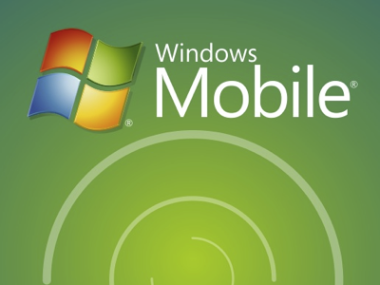The question of Android viability goes deeper than the app ecosystem. In fact the ecosystem is itself dependent on the network effect of the platform. That effect is weak because the platform is not “tight” and is prone to fragmentation and its value cannot be communicated to end users. That is due to the lack of integration and consistency of purpose.
Bottom line, the problem with Android was always that it was a reaction to Windows Mobile. It was symmetric in its approach to the market with the added value of being free. In that sense it’s very successful. It might even gain all the share that WinMo used to have (about 14% of smartphones at its peak). But it will never rise above the nicheness of WinMo.
I’m always amazed at the technocrati babbling classes’ inability to spot causes. They go on and on about execution and never understand that execution is a resource not a strategy. Resources are fungible.
I for one do not “hope that Android succeeds”. It’s a foregone conclusion that it will not. It’s not a matter of hoping.



